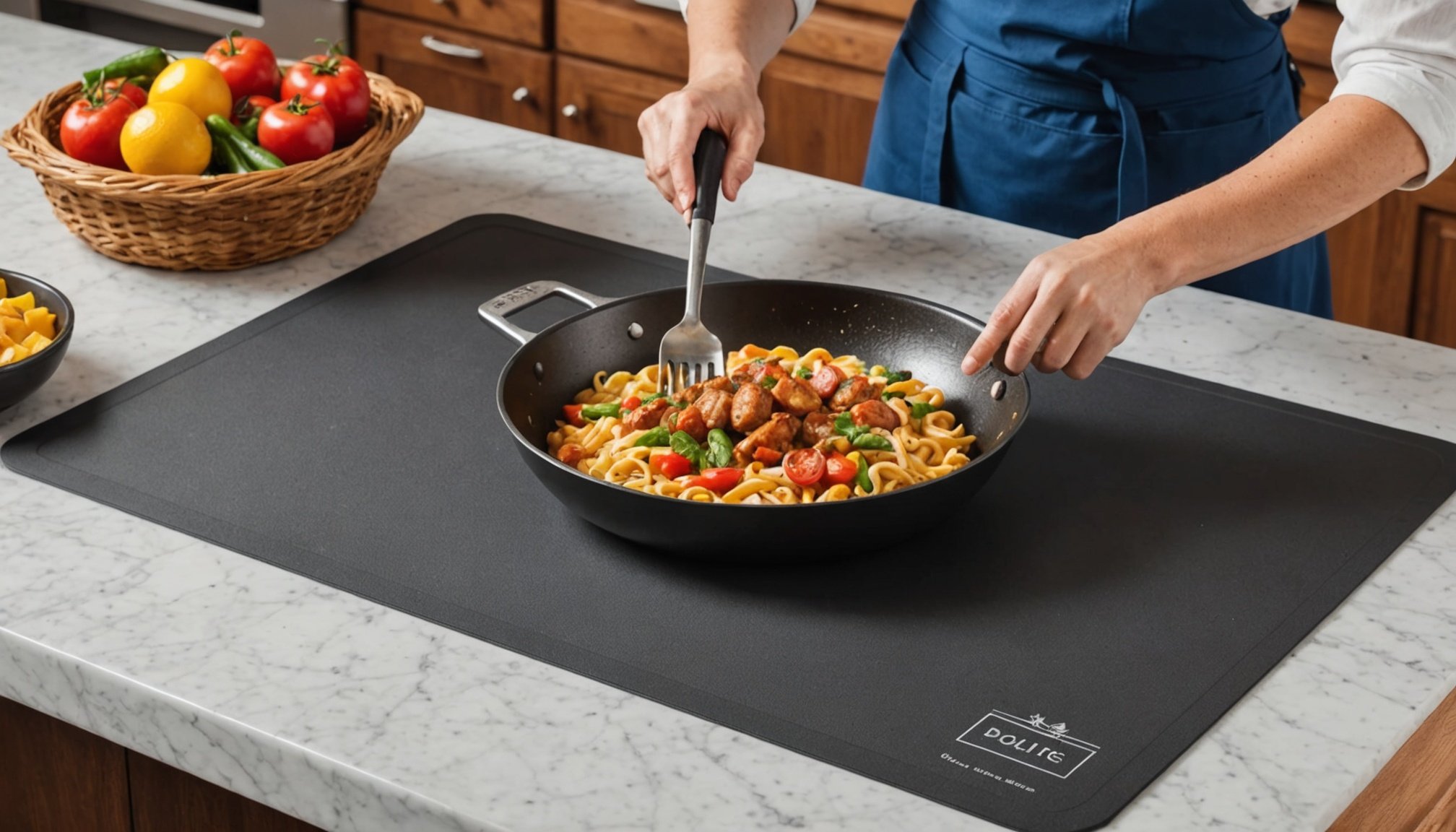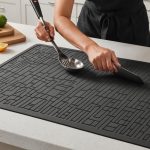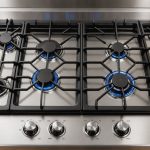In the expanse of the bustling modern kitchen, one item often overlooked is the humble kitchen mat. Yet, for those who spend long hours cooking and baking, the right mat can be the difference between a comfortable session and one fraught with fatigue and discomfort. Picking the right kitchen mat that reduces fatigue during long cooking sessions can transform your culinary experience and bring a new level of enjoyment and comfort to your kitchen. Let’s delve deeper into this seemingly simple but essential kitchen accessory to help you make an informed decision.
The Importance of Kitchen Mats
A kitchen mat might seem like a mere accessory, but it has a significant role to play in your cooking experience. It’s not just about the aesthetics, but also about protecting your feet, legs, and lower back from excessive strain.
Have you seen this : How to Select a Pasta Drying Rack That Saves Space?
When you stand for long hours on hard kitchen floors, the pressure can lead to discomfort and fatigue. A well-designed kitchen mat provides cushioning that alleviates this strain, allowing you to enjoy your cooking sessions.
Moreover, kitchen mats can also serve as a safety feature. They can prevent slips and falls that can occur due to spilled liquids. Therefore, choosing the right kitchen mat is both a comfort and a safety concern.
Also to see : What Are the Benefits of a Serrated Bread Knife Over a Straight Blade?
Material Matters
The material of your kitchen mat is a crucial factor that determines its effectiveness in reducing fatigue. Different materials offer varying levels of comfort, durability, and ease of cleaning.
For instance, gel-filled mats are highly cherished for their superior cushioning effect. They effectively distribute weight, reducing pressure on your feet and legs. On the other hand, memory foam mats contour to the shape of your feet, providing personalized comfort.
Rubber mats, known for their durability and slip-resistant properties, are a common choice in professional kitchens. However, they might not offer the same level of comfort as gel-filled or memory foam mats.
Lastly, vinyl mats, praised for their easy cleaning, can be an appropriate choice if you often deal with spills and messes. Make sure to choose a mat with sufficient thickness to ensure good cushioning.
Size and Shape
The size and shape of your kitchen mat depend mainly on your kitchen layout and your cooking habits.
A larger mat provides more coverage and allows you to move around a bit while still enjoying the comfort. If you have a large kitchen or prefer to roam around while cooking, consider getting a mat that spans the length of your workspace.
In terms of shape, rectangular mats are the most common. However, if you have a circular or irregularly shaped kitchen island, you might want to opt for a custom-shaped mat.
Style and Design
While the primary purpose of your kitchen mat is to provide comfort and reduce fatigue, it’s also an opportunity to enhance your kitchen décor.
Choosing a mat that complements your kitchen’s color scheme and style can add a touch of sophistication. Whether you prefer a minimalist approach with solid colors or a bold statement with vibrant designs, there’s a mat out there that can beautifully blend with your kitchen aesthetics.
However, remember not to prioritize style over comfort. A stylish mat that falls short in providing the necessary cushioning or slip-resistance won’t serve its primary purpose.
Cleaning and Maintenance
An important aspect to consider while choosing your kitchen mat is its ease of cleaning and maintenance.
Kitchens are prone to spills and stains, hence a mat that is easy to clean will save you considerable time and effort. Some mats are machine washable, while others need to be wiped clean.
Also, consider the durability of the mat. A mat that wears out quickly might not be worth your money, regardless of how comfortable or stylish it might be. Look for mats that are designed to withstand the wear and tear of a busy kitchen.
In conclusion, choosing the right kitchen mat is about balancing comfort, style, durability, and ease of maintenance. Taking the time to consider these factors will ensure a wise investment that will enhance your kitchen experience and reduce fatigue during long cooking sessions. Remember, your kitchen mat is not just an accessory, but a crucial component of your comfortable cooking journey.
Ergonomics and Additional Features
When investing in a kitchen mat, it’s worth considering the ergonomics and additional features that can amplify your cooking experience. Ergonomics is all about designing products to fit the user’s needs and ensure maximum comfort and efficiency.
Anti-fatigue mats are specifically designed with ergonomics in mind. They are engineered to encourage small movements in your feet and legs, promoting better blood circulation and reducing fatigue. These mats are often thicker and have a slight ‘give’ to them when you step on them, providing an optimal level of cushioning to ease discomfort during long cooking sessions.
The surface texture of the mat is another important characteristic to consider. A mat with a textured or raised pattern can provide a massaging effect, giving your fatigued feet a much-needed relief.
You might also want to look into mats with tapered edges. These minimize the risk of tripping, ensuring a safe cooking environment. If you have back issues, consider a mat that has a built-in handle for easy lifting and moving around the kitchen.
Eco-Friendly Options
In our growingly conscious world, many consumers are looking for eco-friendly options. If sustainability is a priority for you, there are kitchen mats made from recycled materials that are not only environmentally friendly but also highly durable and comfortable.
Bamboo kitchen mats are a popular choice as they are biodegradable, durable and provide a unique aesthetic appeal. However, they don’t offer the same level of cushioning as gel-filled or memory foam mats and might not be the best choice if comfort is your top priority.
Conclusion
Choosing the right kitchen mat requires a thoughtful consideration of various factors, from materials and size to style and additional features. While comfort should be paramount, it’s also essential to choose a mat that fits your kitchen décor, is easy to clean, durable, and if possible, eco-friendly.
Take time to assess your needs and preferences, and don’t hesitate to try out different mats before making your decision. With the right kitchen mat, long cooking sessions can become a comfortable and enjoyable experience. And remember, your kitchen mat is not just a decorative item, but an essential tool that contributes to a more efficient and fatigue-free cooking journey.










